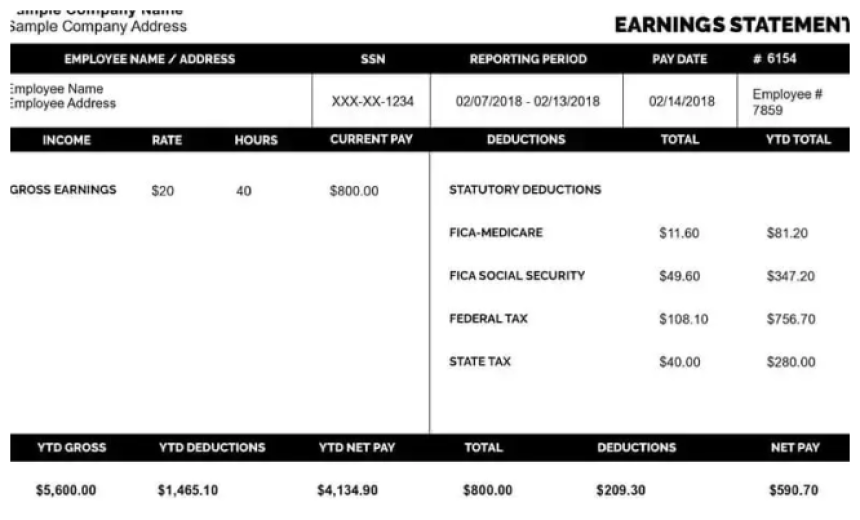
How to Recover Quickly After a Tooth Extraction
Undergoing a tooth extraction can be daunting, but with the right approach, recovery can be smooth and relatively painless. Whether the extraction was due to a severe tooth infection, overcrowding, or the need for orthodontics, ensuring proper aftercare is essential for a quick recovery. Comprehensive dental care in Modestoincludes preventative treatments and proper management after dental procedures like extractions. In this blog, we will guide you through essential steps after a tooth extraction to speed up the healing process and avoid complications.
Understanding the Tooth Extraction Process
Tooth extraction involves removing a tooth from its socket in the bone. This can be performed for various reasons, such as severe decay, infection, damage, or preparation for orthodontic work. While modern dental procedures are generally safe, healing after an extraction requires patience and proper care. Following your dentist's post-extraction instructions is key to reducing the risk of infection, minimizing discomfort, and ensuring your mouth heals properly.
Immediate Steps to Take After Extraction
Bite on a Gauze Pad: After the tooth is extracted, your dentist will place a sterile gauze pad over the extraction site. Bite down gently but firmly to help stop bleeding and allow blood clot formation. This is a crucial part of the healing process, as the blood clot protects the bone and nerves underneath.
Avoid Disturbing the Clot: The blood clot that forms in the socket is essential for healing. Avoid actions that could dislodge it, such as sucking through a straw, spitting forcefully, or rinsing your mouth vigorously in the first 24 hours. If the clot becomes dislodged, it can lead to a painful condition known as a dry socket.
Apply Ice to Reduce Swelling: Swelling is a common side effect of tooth extraction. To minimize swelling and discomfort, apply an ice pack to the outside of your cheek near the extraction site. Use the ice for 20 minutes, taking breaks in between. This will help reduce inflammation and speed up the healing process.
Managing Pain and Discomfort
Take Pain Relievers as Directed Your dentist may prescribe pain relievers to help manage discomfort after the extraction. Over-the-counter pain medications like ibuprofen or acetaminophen can also reduce pain and inflammation. Be sure to follow your dentist's instructions on how to take these medications for optimal relief.
Rest and Limit Physical Activity: Rest is vital to ensure proper healing after a tooth extraction. For the first few days, avoid strenuous physical activities that could disrupt the healing process or increase swelling. Taking it easy will allow your body to focus on recovery.
What to Eat After a Tooth Extraction
Your diet plays a significant role in recovery. During the first 24 to 48 hours, stick to soft foods that won’t irritate the extraction site. Mashed potatoes, yogurt, applesauce, and smoothies are great choices. Avoid hot foods or drinks and spicy or crunchy items that could disturb the blood clot or cause discomfort.
Once the initial swelling and discomfort subside, you can gradually reintroduce solid foods. However, you should continue to avoid chewing directly on the extraction site until it has fully healed. Drinking plenty of water is also essential, but avoid drinking through a straw to prevent dislodging the blood clot.
Oral Care During Recovery
Keep the Area Clean While it’s essential not to disturb the extraction site too much during the first few days, maintaining oral hygiene is still important. Brush your teeth gently, avoiding the extraction area, and use an antibacterial mouthwash to help keep the site clean and reduce the risk of infection. Be cautious when brushing near the extraction site to prevent irritation.
Rinse with Saltwater: After the first 24 hours, your dentist may recommend rinsing your mouth with warm saltwater to promote healing and reduce swelling. Simply mix a teaspoon of salt in warm water and gently swish it around your mouth. This can help cleanse the wound and keep it free of bacteria.
Follow-Up with Your Dentist: A follow-up appointment is typically scheduled within a week or two after the extraction to ensure the site is healing properly. If you experience unusual pain, swelling, or any signs of infection, contact your dentist immediately. Early intervention can prevent complications and ensure a speedy recovery.
Signs of Complications to Watch For
While most people recover fromtooth extractions in Modestowithout any issues, there are some complications to watch out for. These include:
Dry Socket: This occurs when the blood clot is dislodged or dissolves prematurely, leaving the bone exposed. Symptoms include severe pain that starts a few days after the extraction and a foul odor from the socket.
Infection: If you notice increased pain, swelling, or discharge from the extraction site, it could indicate an infection. Contact your dentist for an evaluation.
Excessive Bleeding: Some bleeding after a tooth extraction is standard, but if the bleeding doesn’t stop after a few hours, seek professional help.
Conclusion
Recovering from a tooth extraction requires proper care, patience, and following your dentist’s instructions closely. You can recover quickly and avoid complications by taking the right steps, including biting down on gauze to control bleeding, using ice for swelling, managing pain, eating soft foods, and maintaining oral hygiene. Additionally, comprehensive dental care before and after an extraction ensures you’re in the best shape possible for healing. With these tips, you can look forward to a smoother recovery and return to your routine with minimal discomfort. If you experience any unusual symptoms or have concerns during the healing process, don't hesitate to contact your dentist for guidance and support.

Why You Should Hire Freelancers to Work on Your Project via ESiog
In a world moving at breakneck speed, staying ahead of the curve requires adaptability, ex...

